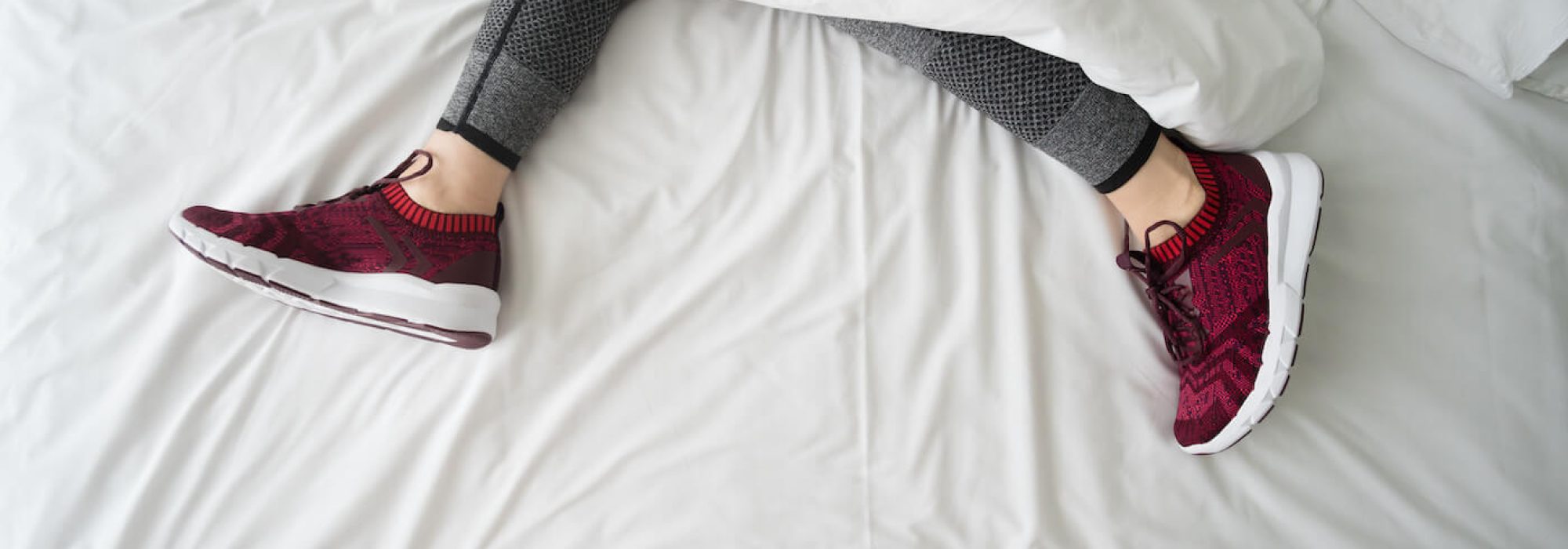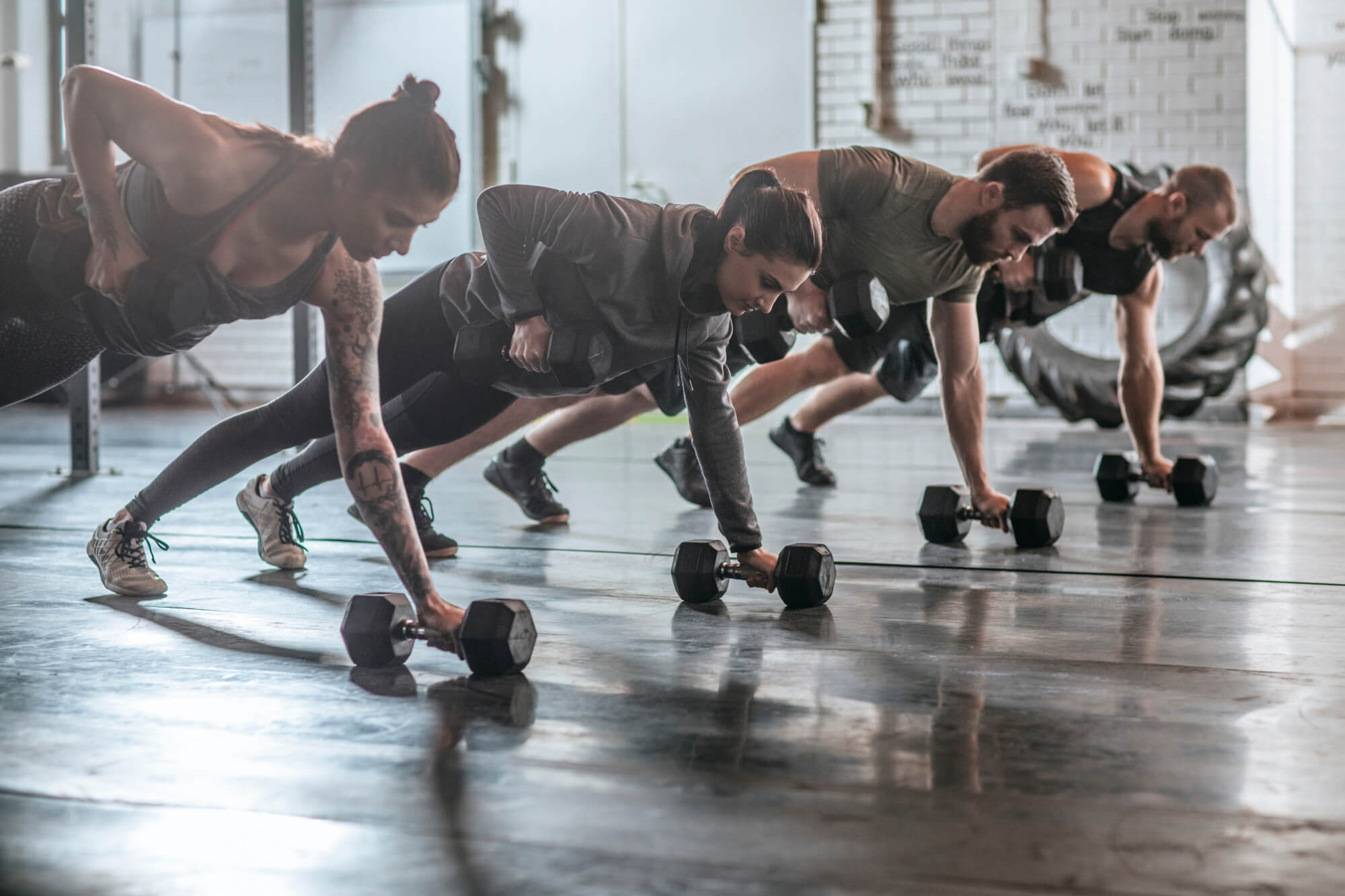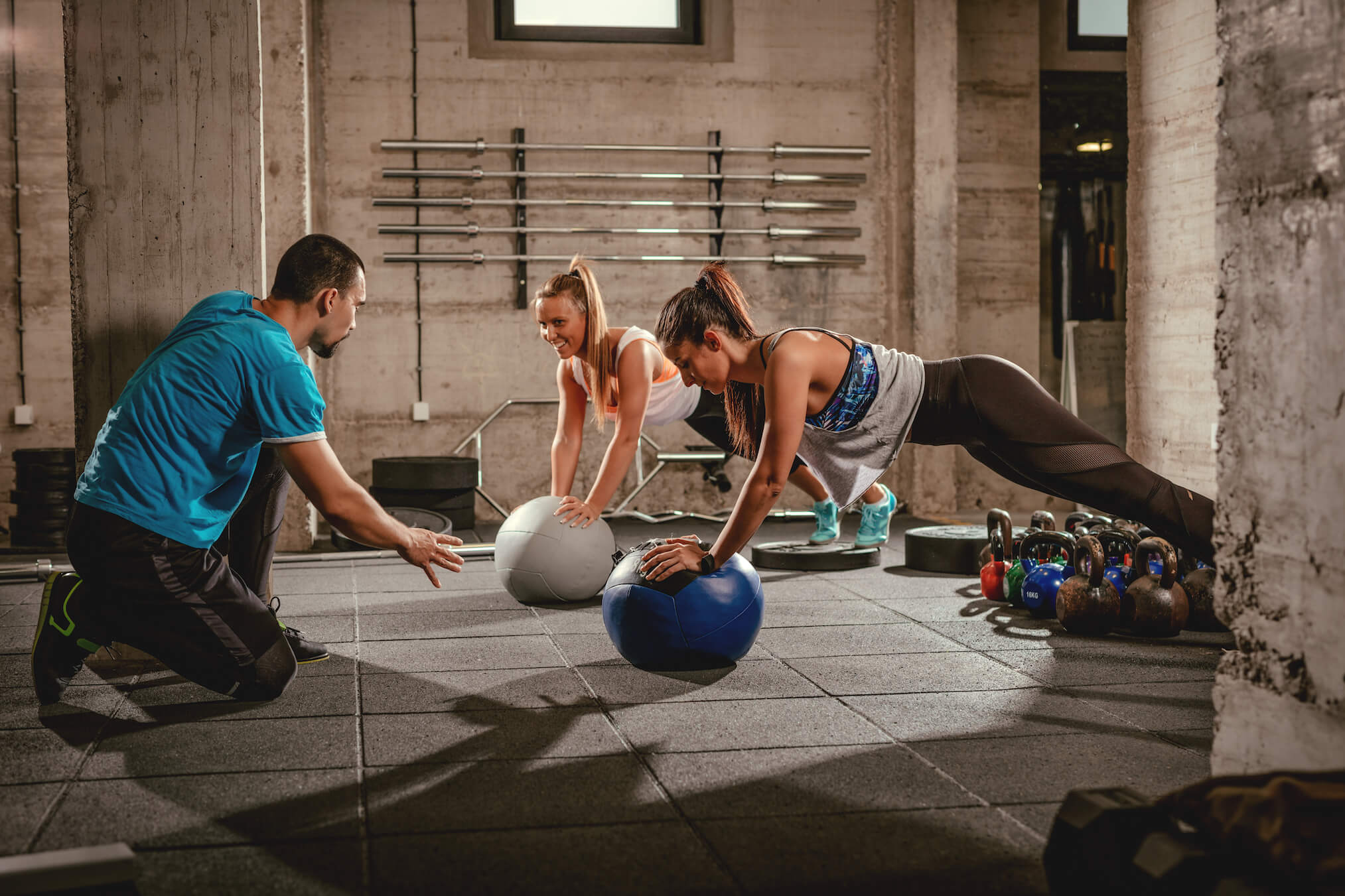Another important consideration as to why sleep is vital for fitness enthusiasts is due to the fact that without adequate sleep and the right nutrients to repair the body, the body cannot maintain sufficient energy levels throughout the day, no matter how many stimulants are used (Crayhorn, 1996).
Adequate sleep can be hard for some people to acquire and some people are burdened with disruptive sleeping patterns! It is important to find out what is causing your restless nights, because sufficient time in the gym could be, to a significant degree, squandered due to the inability of the body to recover.
It is important to make a conscious effort to get quality sleep every night to help promote growth, mental alertness and all round general health which in turn will benefit your fitness related goals.
TIPS TO GET A BETTER SLEEP:
- Supplement with Magnesium:
- Write your thoughts and ideas down before you go to bed:
- Go to bed as early as possible and sleep until you wake up refreshed:
- Try your best to follow a regular schedule:
- Try not to consume caffeine in the afternoon:
- Reduce light exposure in the evening (including blue light):
- Supplement with Melatonin:



